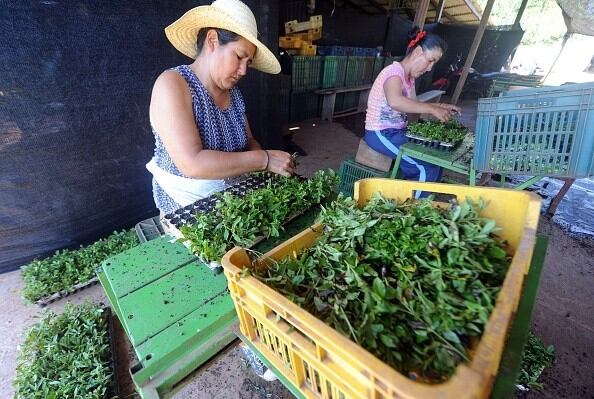There is a plethora of voluntary food safety and quality certification schemes that help food companies reassure clients and consumers their products are safe.
According to researchers from the University of Salamanca in Spain, however, such certification schemes are used less extensively in Latin America than other regions.
In their recently published study, they collected data from a sample of 223 factories in 14 Latin American countries that were certified by the food safety and quality scheme Brand Reputation through Compliance Global Standards (BRCGS), previously known as the British Retail Consortium (BRC).
The researchers also found that all the companies were exporters, with 68% exporting more than 75% of their sales.
Demand for domestic sales is growing
According to John Kukoly, director for the Americas at BRCGS, however, increasing numbers of companies are getting certified for domestic markets. He said certification levels in Latin America have steadily increased in the past 10 years.
“Originally, over a decade ago, a BRCGS certification was required to export – as a result the majority of the originally certified organizations were those from countries focused on export activities,” he told FoodNavigator-LATAM.
“As the food safety culture in these progressive countries continued to mature, we have seen a trend for the domestic food industry to join in, support the Global Food Safety Initiative (GFSI) benchmarked supply chain management process, and recognize BRCGS as a pathway forward to protect consumers, and brands alike.”
According to Kukoly, further expansion in developing regions, including Latin America, will require several factors, such as increasing the knowledge of brand owners so that they can see the value of using certification as well as supporting facilities and providing training and audits with a local perspective.
BRCGS: The bar is ‘high but achievable’
Nevertheless, the Spanish researchers found there was a common barrier for the surveyed firms in all countries: cost. Such expenses include initial investments required to adapt facilities, implement traceability schemes and train personnel, as well as paying for third-party audits.
According to Kukoly, the model that BRCGS uses is to keep the bar of certification high but achievable.
“Where the bar is slightly higher than a regional expectation, BRCGS provides support to reach that bar, raising the floor for all in the industry,” he said.
One example of this support is its START! Program, which BCRGS said was designed specifically for developing regions that need a stepped approach to certification.
BRCGS also wants to ensure brand owners “continually encourage their suppliers to advance to global standards and targets, not seek out regionally specific variations”, Kukoly added.
What motivates brands?
The reason for companies to seek certification is not always financial. In fact, companies in all countries said their main motivation was ethical while the second most important factor varied according to the country.
For Argentinian, Chilean, Peruvian, Guatemalan and Nicaraguan manufacturers, it was commercial while for Paraguayan and Bolivian companies it was efficiency, the researchers found.
Source: Food Control
“Implementation of the BRC food safety management system in Latin American countries: Motivations and barriers”
Published online ahead of print, doi.org/10.1016/j.foodcont.2019.106715
Authors: Lucia Rincon-Ballesteros, Gustavo Lannelongue, Javier González-Benito




